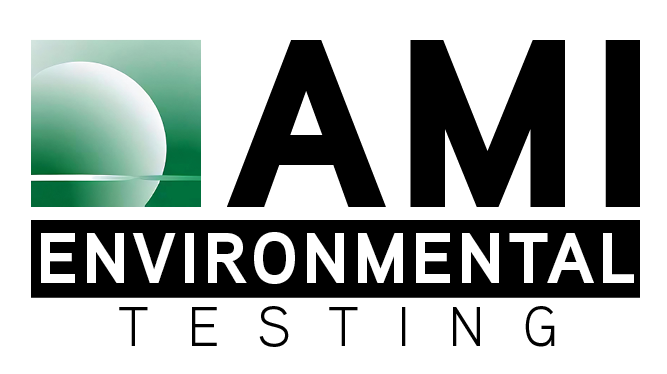In 2011, the United States National Toxicology Program name formaldehyde a known human carcinogen. Due to its many uses and toxicity and volatility it needs to be thought of a danger for human health. With the annual world production of 50 billion pounds (23 million tons) there is cause for great alarm about general safety. So much so, that in 2007, the European Union banned formaldehyde because of its carcinogenic properties as a biocide and health issues it may cause.
Health issues with formaldehyde
Formaldehyde is toxic to every animal including human’s. A one ounce vile containing 37% formaldehyde can kill an adult. Even a water solution of formaldehyde can cause severe damage to the gastrointestinal tract. Since formaldehyde is one of the most common construction materials used, it has become one of the more common indoor air pollutants. More and more people are becoming allergic to formaldehyde with many people have rashes or other mild symptoms. Whereas people who suffer from more severe allergies they can have asthma attacks from inhalation of the chemical.
Testing for formaldehyde
Exposure data collected on a single day will not guarantee the employer that their workplace is always in compliance with the formaldehyde standard. However, it is impossible for an employer to be sure that their worksite is in compliance with the standard without sampling for workplace exposure. A properly designed sampling strategy showing that all employees are exposed below the PELs, at least with a 95 percent certainty, is strong evidence that the exposure limits are being achieved and measurements are conducted using valid sampling strategy and approved analytical methods.
What if we are already taking steps to prevent a claim?
An employer must determine whether employees have been exposed to concentrations in excess of the PEL. This becomes the first step in an employee exposure monitoring program that minimizes employer sampling while providing employee protection. If employees have been exposed above the PEL, the employer must measure exposure. The employer should examine all available relevant information, insurance company and trade association data and information from data collected from similar operations. The employer should use previously-conducted sampling including area monitoring. If the employer can show that no employee is exposed above the action level through the use of objective data, the employer does not need to continue on employee exposure monitoring until such time that conditions have changed.
How can AMI Environmental protect employees and the reputation of business?
At AMI Environmental, our main goal is to assist businesses and create a safe working environment, while adhering to government regulations. With decades of experience, our Industrial Hygiene Professionals purpose is to help our clients not only protect your workers but also manage risk. Allowing you to then enjoy the peace of mind knowing your employees will be protected from harm. AMI will work to establish and maintain a safe work environment, including surveying your facility for risks; provide testing within your facility; maintain testing protocol; and assist in the recording process. If you have any questions or concerns, please contact Doug Marshall at [email protected].



